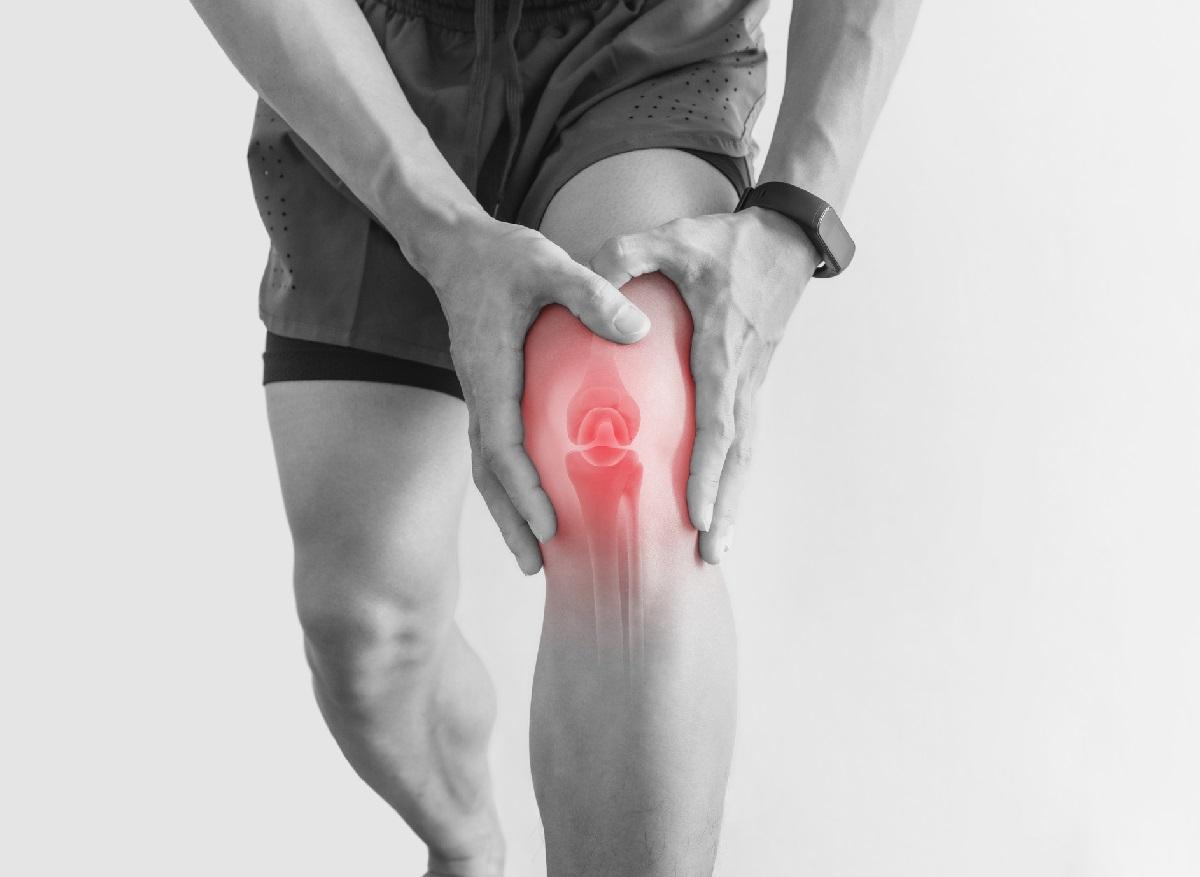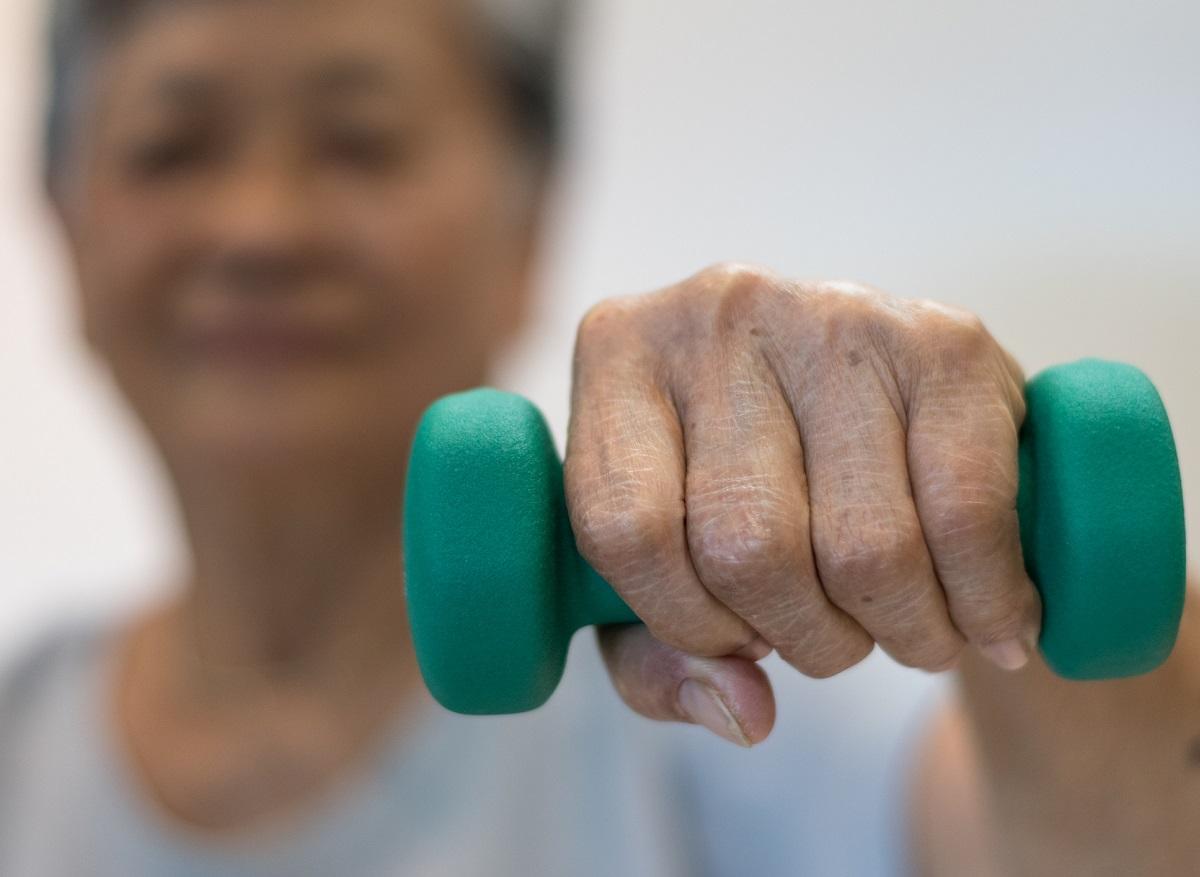When a beginner trains to run his first marathon, the stiffness of his arteries would decrease by the equivalent of four years.

The benefits of sport are regularly praised by science. Today, a new study once again highlights the benefits of physical exercise, and more particularly of running. According to a study published in the Journal of the American College of Cardiologywhen a beginner is training to run their first marathon, their arteries could look years younger thanks to the sheer amount of physical preparation.
To reach these conclusions, scientists from the University College of London (United Kingdom) followed the evolution of the central blood pressure (aortic) and the aortic stiffness of 138 runners and novice runners, without particular sports qualification and in good health. The subjects were 37 years old on average and had to run the London Marathon. To train, they were recommended to do about three races a week, more or less 15 km, of increasing difficulty and this for 17 weeks.
The researchers were thus able to observe that after these six months of training, the arteries of the participants had rejuvenated. This reduction in aortic stiffness would be equivalent to a reduction of approximately four years in their vascular age.
Larger benefits in older men
In detail, the benefits of running would be greater in older male participants who ran more slowly. People less fit before the marathon also seem to have benefited more from the benefits of training in their arteries.
These results are all the more interesting since the arteries are less and less flexible with age, which increases the risk of stroke, heart attack and kidney disease. “Staying active lowers your risk of heart attack and stroke, as well as your risk of premature death,” Professor Metin Avkiran explains to the BBC from the British Heart Foundation (BHF), which funded the study.
“People with heart disease or other known medical conditions should talk to their doctor first. But for most people, the benefits of physical exercise outweigh the risks,” concludes Dr. Charlotte Manisty, lead researcher of the study.
Intense training can be risky
If you want to run a marathon, it is necessary to prepare in advance, several months before. Suddenly embark on the adventure could be very bad for your heart. Start each session with a warm-up, gradually increase the distance traveled and above all, listen to your body. In effect, train too hard can be very bad, especially if it happens all of a sudden, brutally. If you force too much, you risk suffering from breakdown, herniated disc, damaging your joints or spraining you.
For 18-64 year olds, WHO recommends doing during the week at least “150 minutes of moderate-intensity endurance activity or at least 75 minutes of vigorous-intensity endurance activity, or an equivalent combination of moderate-intensity activity and supported”. Endurance activity should be done in bouts of at least 10 minutes.
“To achieve additional health benefits, adults should increase the duration of moderate-intensity endurance activity to 300 minutes per week or 150 minutes per week of moderate-intensity endurance activity. sustained-intensity endurance, or an equivalent combination of moderate- and vigorous-intensity activity. For older people, the recommendations are more or less the same except medical contra-recommendations. Finally, muscle building is highly encouraged, at least two days a week.
.

















